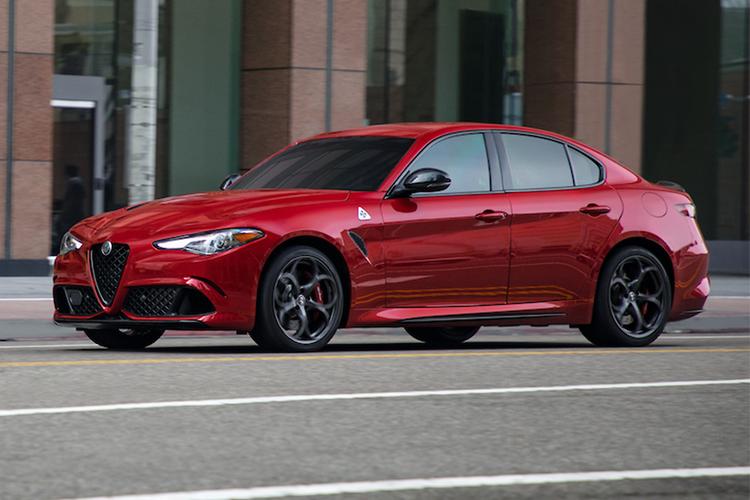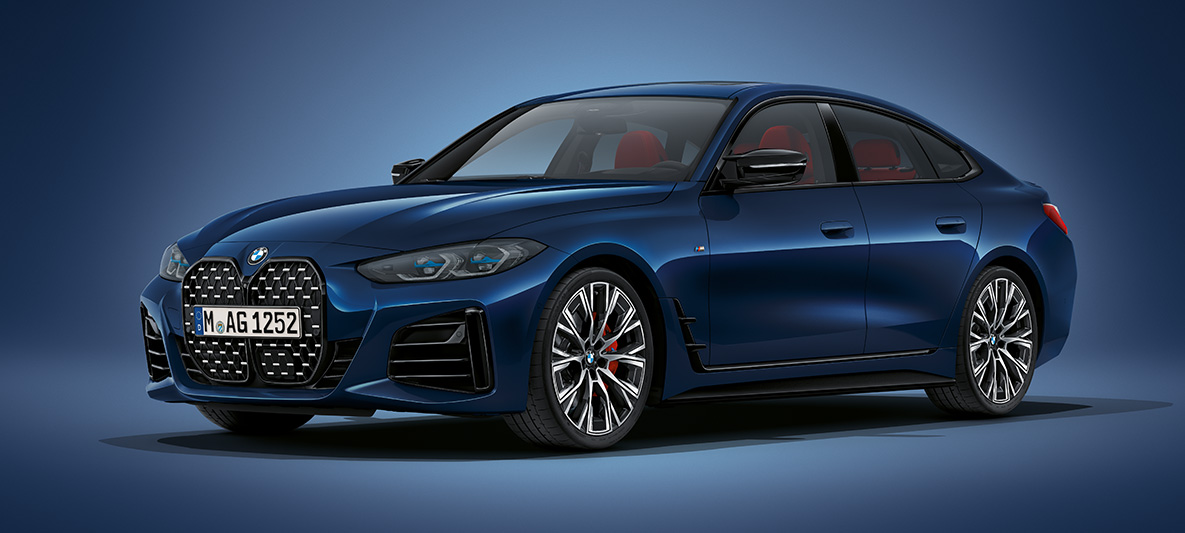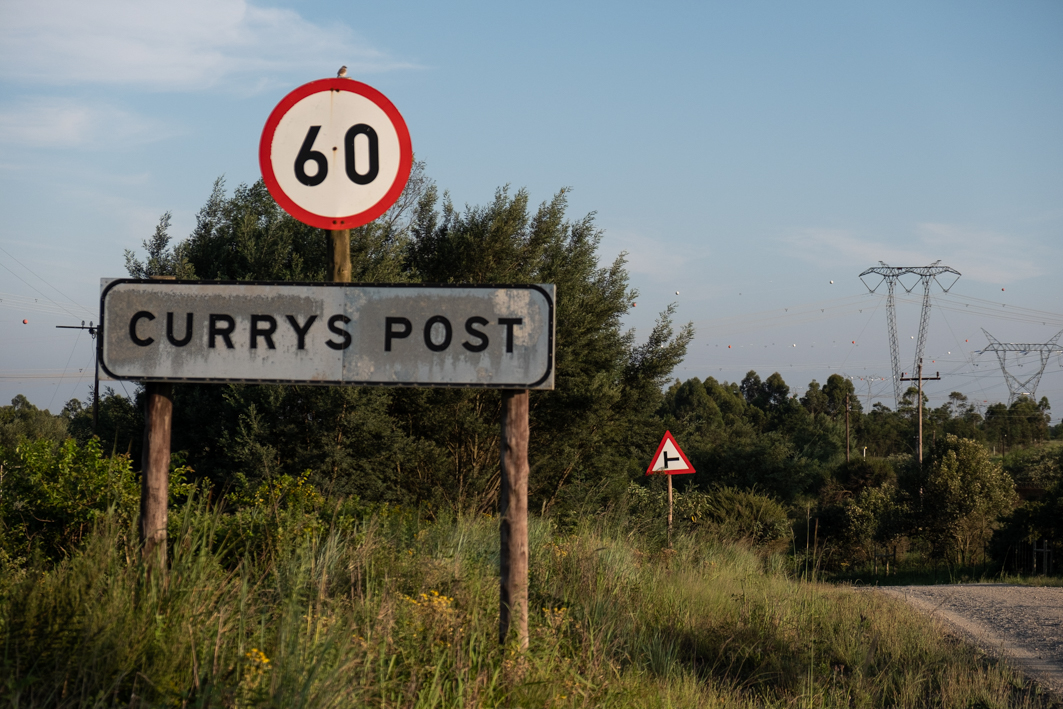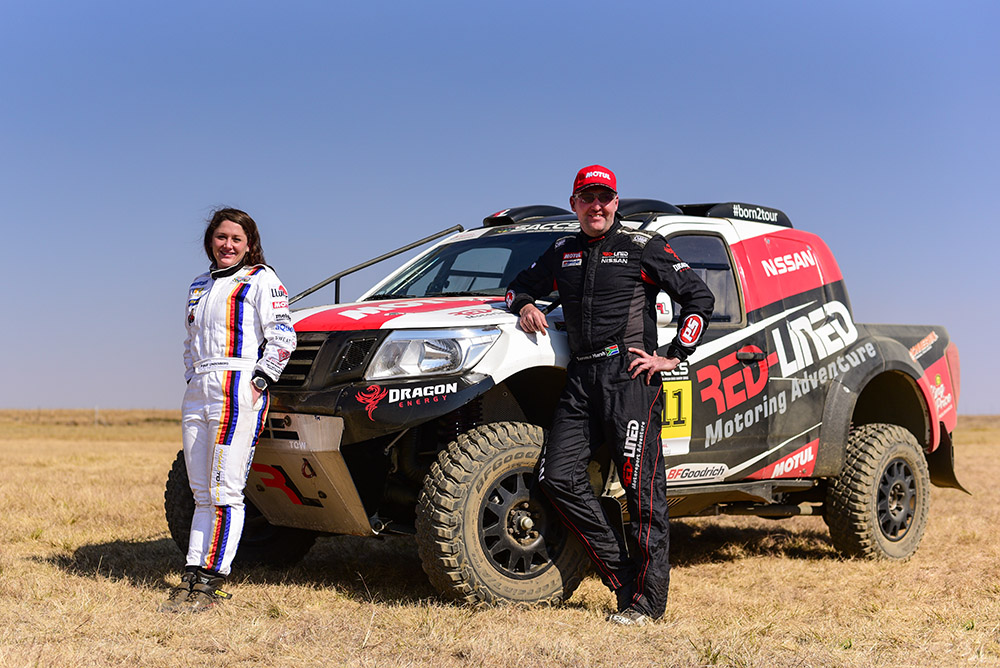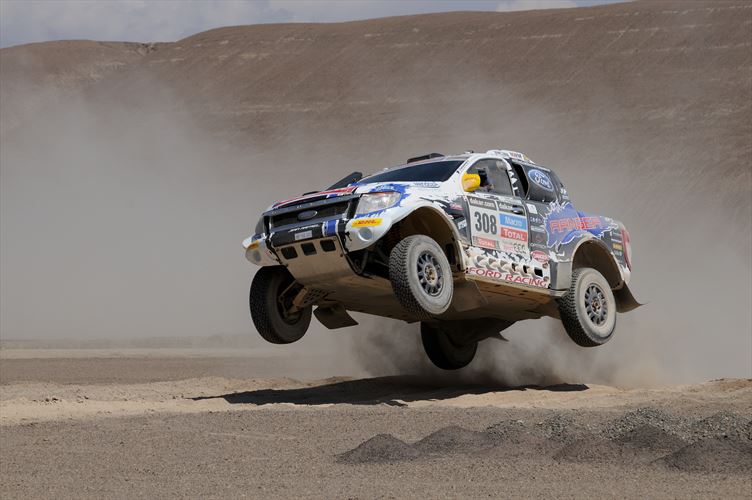We are so used to driving forward that when it comes to reversing we usually lose the plot and do something stupid. It’s not easy under pressure, either: directions are in reverse, and our minds become muddled.
The thing to remember when reversing is to follow the golden rule of 4x4ing: rather do it over than overdo it. But in the case of reversing, we don’t all know what we should be doing in the first place, never mind when we’re doing it over.
Take dune-driving as an example. When you attack a dune you must be very careful not to fly over the top. Not that flying is a problem – the real problem is the landing! This is when your vehicle can be damaged, often needing expensive repairs.
If you take heed of this golden rule, and do things over rather than risking damaging your vehicle, you might at some stage have to reverse down a dune. I would rather tow your vehicle off the crest of a dune than tow it all the way home. I would also rather take a second or third go at cresting a dune, rather than fly too far the first time.
Imagine that you’ve decided to have a second go at a dune, and you’ve stopped just before the crest. Before you try again you have to get back down, and this is potentially dangerous in itself. I am sure that most serious accidents in off-road conditions happen in reverse, rather than when going forward, and in the case of dune-driving this is a fact.
When reversing down a dune the rear wheels decide on their own route, usually following the tracks they made when going up. Human nature will encourage you to steer those wheels, but that’s just not possible.
Most of the vehicle’s weight is now on the rear wheels, and normally we have a foot on the brakes too. And since there is so little weight on the front wheels (which become the rear wheels when we reverse), they easily lock up on the way down the dune. Remember that ABS is disengaged when low-range is engaged, and a wheel that doesn’t turn cannot steer. As a result the front wheels will often try to overtake the back wheels, and this results in the vehicle turning sideways, and rolling down the dune.
To prevent this from happening we put the vehicle into reverse gear with the engine off, release the clutch, and then turn the key to start the engine and get the vehicle going back slowly and under control. It is now possible to keep your foot lightly on the brake pedal to keep the vehicle from going too fast and the engine revving too high.
This means that the front and rear wheels are turning at the same speed, and the front wheels can’t lock up. If the steering wheel is kept straight, the front wheels will follow the rear wheels down the dune in the same way that the rear wheels normally follow the front ones.
We often see another problem when someone goes up a dune in second gear, low-range. When he doesn’t make it all the way up he puts in the clutch and lets the vehicle run back, without changing gear.
This causes the clutch plate to run at a very high speed in the wrong direction. The pressure plate is released and is not applying pressure on the clutch plate against the flywheel. More than once I have seen the clutch-lining thrown off the plate by the centrifugal force generated in this situation. That is an expensive problem! It also means that the gearbox must come out to replace the clutch plate before the vehicle will be mobile again. And where do you get these spares in the desert?
Reversing also poses problems on harder surfaces on off-road routes, and there we have the additional hazards of trees and rocks that get in the way. When reversing the rear wheels are leading and they don’t turn, which makes steering difficult. And the driver often turns the steering wheel the wrong way when he’s reversing.
Because of these problems it is best for the co-driver to get out of the vehicle and to guide the driver down the hill. That is unless you have a new Prado or similar vehicle with a reverse-camera that lets you know what’s going on back there.
For all of these reasons, and the danger involved in reversing, it is always better to wait for the car in front of you to clear an obstacle before you approach it. It is also a good idea to watch the driver and vehicle in front of you to see his speed and his approach lines: It’s much easier to navigate an obstacle when you are shown how to do it first.
The other golden rule of off-road driving also applies when reversing: as slow as possible, and as fast as necessary. And if you can’t see, don’t go!
A final tip for this month is that in off-road conditions it is very important to maintain a safe and sensible following distance, to allow for the possibility that the vehicle in front of you will have to reverse.




